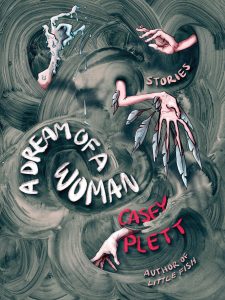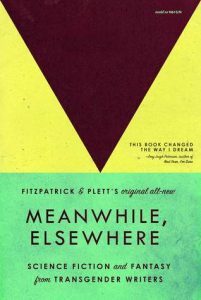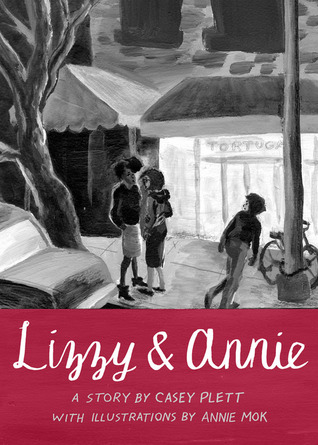Amazon Affiliate Link | Bookshop.org Affiliate Link
Casey Plett is the kind of author I love and dread reading, because she so skillfully can break your heart. Her stories are beautiful, bittersweet, and achingly honest about the little ways we support and fail each other. My first experience reading Plett’s work was in chapbook form: Lizzy and Annie (review), which I highly recommend if you can get your hands on it, because it’s accompanied by gorgeous watercolour illustrations. I loved it so much that I immediately bought her next book, A Safe Girl To Love (review), which I honestly still feel like I’m processing.
Her stories generally (always?) have trans women main characters, and they all deal with the daily struggle of surviving in a world that constantly questions their existence and value. In A Safe Girl To Love, one of the characters described it as being like a “light case of mono that never goes away. I don’t want to brave. I want us to be okay.”
A Dream of a Woman also centres trans women and deals with transmisogyny, but it also feels much more about relationships–family, friendship, and romantic ones–than her previous collection. It begins with an absolute gut punch of a story, “Hazel and Christopher,” that left me staring at a wall for a while after reading the ending to try to emotionally process it, and I mean that in the best possible way.
There is a similar melancholic tone to these stories as I got from her previous works, but there also felt like a little more hope in this one, more moments of joy glittering throughout, leaving a bittersweet impression.
I’m in awe of the way Plett paints these characters. They feel so real and multifaceted. They are deeply flawed, but sympathetically drawn. When a character makes a decision I disagree with, when they hurt someone, I felt for both of them. They all feel like they could walk off the page and into your life–maybe especially for me because there are quite a few stories that take place in Canadian cities that aren’t quite my home but feel very familiar.
One story, “Obsolution,” continues throughout the collection. I guess it’s actually a novella, with the chapters interspersed with the other stories. I thought this format worked really well, and I was always interested to return to this character, but each story/chapter feels complete enough that I wasn’t skipping or rushing through the stories in between. (The novella and one of the short stories both have sapphic main characters.)
I highly recommend this collection for anyone who wants to feel bruise-tender about the world.
Content warnings for rape, addiction, and transphobia.
Every now and then you get offered an exit, something you didn’t plan for, something you don’t deserve, and something you don’t believe you can rely on. So you don’t take it. Eventually, I realized: it doesn’t matter. No one deserves anything, really. I was on a plane a year later.




